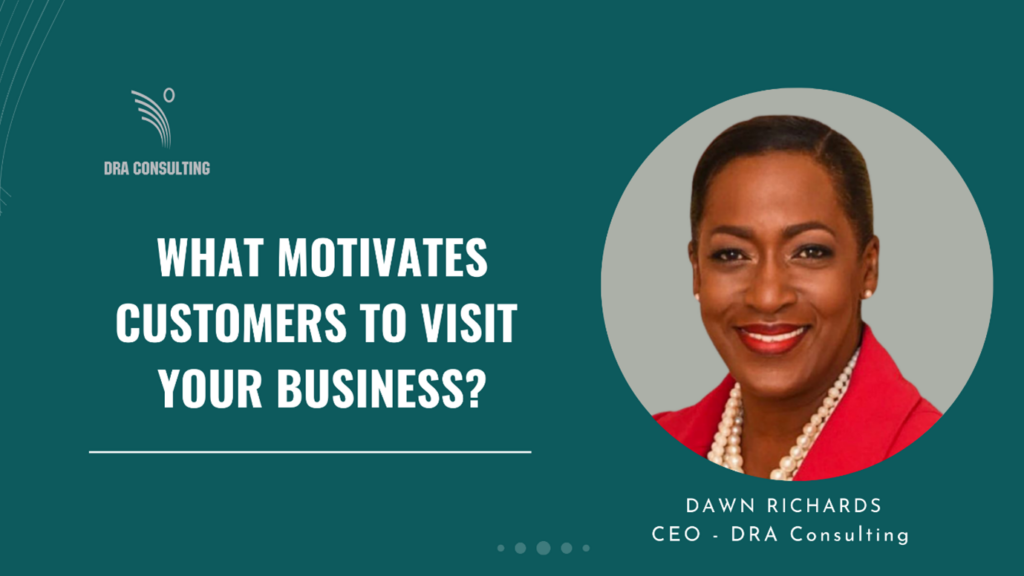Another way of stating this opening enquiry is, “What motivates your customers to purchase products and services from your business?” Is it because of your helpful people, your friendly processes, the ease of conducting business using convenient payment solutions, great deals, flexible packages tailored to suit individual needs?
Is it that your business brand has a “heart,” meaning that its all-round psycho-social and commercial impact is positive, creating resonance with your customers?
Is it all of the foregoing, or, conversely, is it because your business offers a transactional buy and sell exchange?
The answer should be clear as day and may I suggest brutal candour in determining the answer to these questions.
If your customers are coming in merely to purchase the products on your shelves and not for an experience that makes them “choose” your business intentionally, we have a problem.
If your customers are coming in merely to purchase the products on your shelves and not for an experience that makes them “choose” your business intentionally, we have a problem. Would you agree? If a customer stops by simply because your business is “on the way home” or “has the product” that he or she wants, there’s nothing, except the luck of the draw, that sets your business apart from the competition. As a matter of fact, there’s nothing unique about your business. This is why, at a minimum, the operation was set up in the first place, simply to buy and sell products.
The problem here is that your business is not a “preferred brand” in the eyes of the customer. It’s a warehouse or a pit stop. The question I would ask is, “If a business were to set up shop opposite to yours, with similar products, “brand buzz” and “customer care provisioning,” would your customers still choose you?”
While a clean, spacious, well stocked, well-lit environment, with ample parking and easy transaction solutions are necessary basic amenities, they no longer suffice in keeping customers emotionally connected enough to influence brand loyalty.
If a business were to set up shop opposite to yours, with similar products, “brand buzz” and “customer care provisioning,” would your customers still choose you?
There are several pharmacies in my area. All deliver the expected basic amenities for modern-day shopping. My favourite turns out to be the one that I called one time to ask if they would keep a newspaper for me. The response was an enthusiastic, “Yes I can” and the person took my name. When I went to collect the newspaper, it was presented to me in a bag with my name on it. The person with whom I spoke did not know me as a customer.
Contrast this with another pharmacy in the area, which I had called first, to make the same request. The employee indicated that they don’t keep newspapers for customers and I would have to take my chances when I came by.
Which pharmacy would you have chosen?
Since that encounter with the zealous employee, I have become a repeat buyer at that particular pharmacy.
Businesses should not fall into the trap of assuming that heavy customer traffic (online and in-person), equates to repeat buyers or fans of the business. The only way to determine which customer categories are represented, is to analyze the composition of the traffic trail.
Similarly, I am a fan of a small bistro, where the servers know my favourite meal and no longer enquire about what I’ll be having from the menu. They welcome me with smiles and ask if I’ll be having my “usual” meal.
In both cases my motivation was to repeat the “emotional” experience, not simply to purchase the product. It’s not enough to know that customers are coming in to make purchases, it’s priceless to know what’s motivating them to visit in the first place.
Let me make the point forcefully here, that businesses should not fall into the trap of assuming that heavy customer traffic (online and in-person), equates to repeat buyers or fans of the business. The only way to determine which customer categories are represented, is to analyze the composition of the traffic trail.
Now, some businesses manage to land midway between the warehouse and the emotional experience chain. They are not quite warehouses providing an emotionless experience, but they don’t hit the mark in building the human connection, whilst providing solutions to customers’ needs either.
If a business wants to score really high points on its customer motivation rating scale, discovering a topic that is of deep value to its customers and pouring energy into curating enriching blogs and activities, will be a cheap and cheerful way to get started.
A business that finds itself in this twilight zone of emotional and commercial intersectionality, can course correct through sentiment audits that yield the source data for creating remediation strategies.
What I can tell you, is that if a business wants to score really high points on its customer motivation rating scale, discovering a topic that is of deep value to its customers and pouring energy into curating enriching blogs and activities, will be a cheap and cheerful way to get started.
By just adding a sentiment audit and launching a customer education program, a business can augment its existing strategies for influencing customer motivation and escape the trap of the warehouse experience, permanently.

